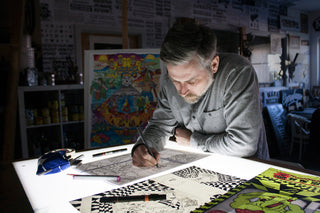KC Ortiz’s life story sounds more fantastic than fiction—but it’s all true. From Chicago’s train yards to 5 years in federal prison, to a career as a seasoned photojournalist, KC’s art today is a reflection of a life lived to the fullest. KC is also the artist behind our upcoming KC Ortiz for The Hundreds X Grizzly collaboration, available this Friday, May 5.
There are pivotal moments that most artists can point to that helped shape not only who they are, but the type of work that they produce. For photographer/illustrator, KC Ortiz, those moments started as a youth—guided by the allure of graffiti on the streets of Chicago—which introduced him to the exhilaration that would course through him as he painted illegal pieces and evaded the police.
Twenty years later, Ortiz would find himself in some of the most dangerous and precarious regions in the entire world as a combat journalist.
While some people have a natural inclination for venturing into the murky unknown, Ortiz had five years to think about what he wanted to do with his life after that same penchant for fast-living landed him in federal prison.
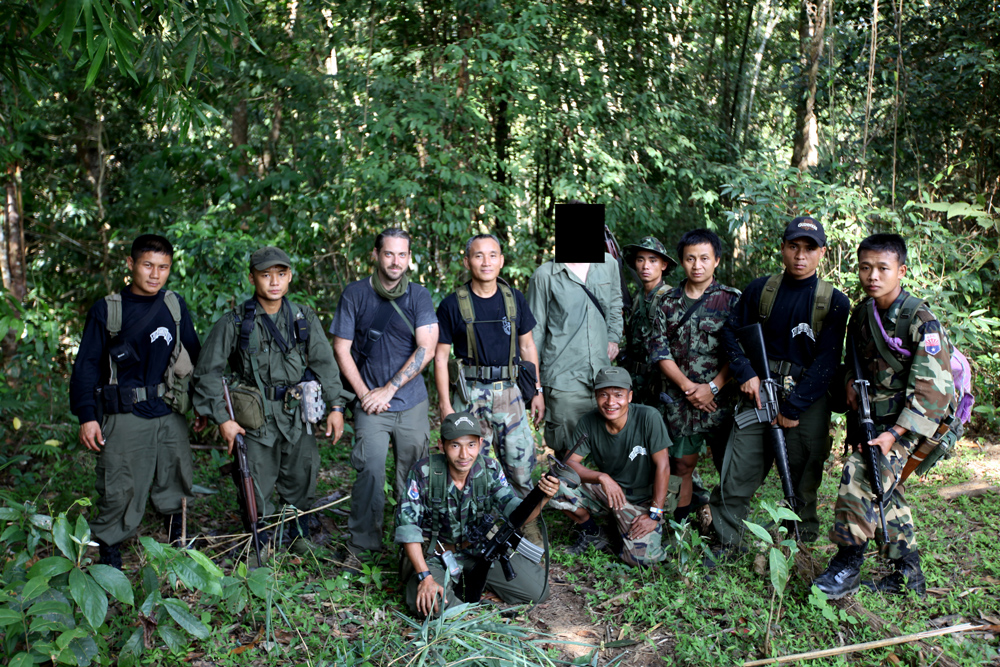
“I’m 21 at that point,” Ortiz recalls from his home in Copenhagen, Denmark. “They say all kinds of bullshit to scare you, but the reality is that at the time, Ecstasy wasn’t a really a big thing. Or at least not in Chicago and in the States. In the Federal Guidelines, they didn’t have schedules for drugs—like marijuana is different than cocaine and crack and all that. At that time, Ecstasy was equivalent to weed. Worst case, I was facing 10 years if everything went wrong. But after my case got finished, they changed the laws to where I would have had a life sentence.”
While the allure of cash and street credibility is what often leads a young person into the world of drugs, Ortiz’s “gateway” between childhood naiveté and adult incarceration was in fact graffiti.
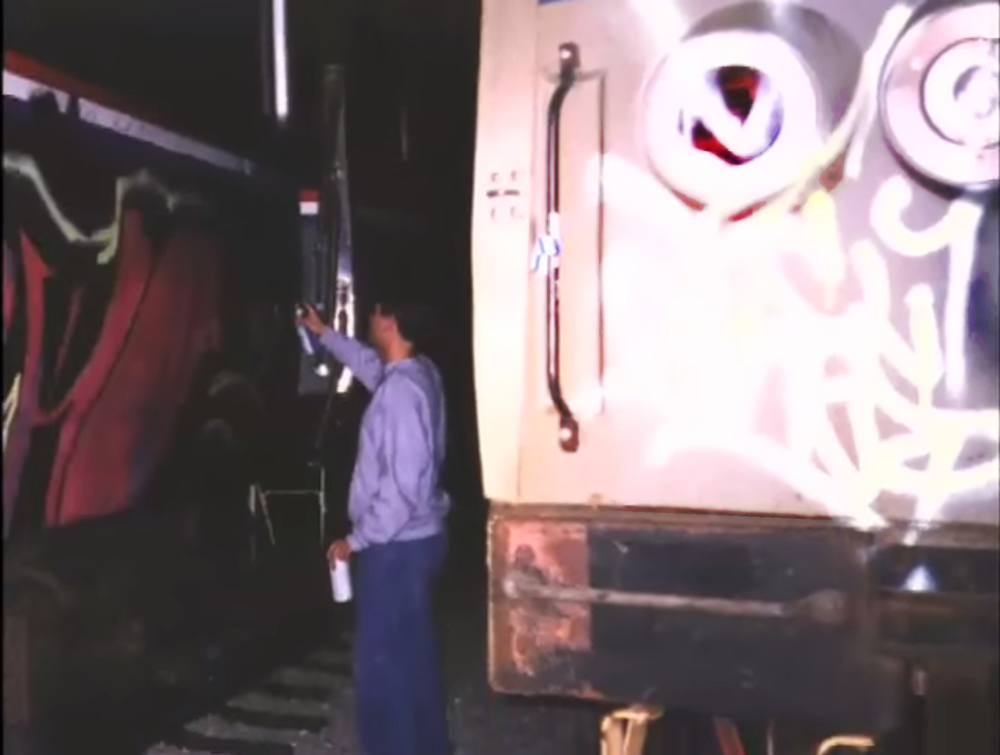 1995: KC ONE in Chicago.
1995: KC ONE in Chicago.
“I started writing graffiti as a kid in the late ‘80s/early ‘90s,” he said. “I saw the stuff around and thought it was cool... Over the years, you start meeting people and it starts to become something more. So I’d say by the time I was 14-15 I was going pretty hard with graffiti and it was all I cared about. I dropped out of school when I was 16. At that point, graffiti was already my life—just living, breathing, and stealing.”
Most teenagers would be satisfied leaving their moniker on various tried-and-true graffiti-ready surfaces like mailboxes and bus stop shelters. But Ortiz instead opted for more dangerous means of self-expression by venturing into the yards that housed Chicago’s “L” Trains.
“I got really into the train stuff when I was 16,” Ortiz remembers. “That’s probably where I got a name in the graff game, so to speak, because not a lot of people were doing them because they got buffed so quickly. I think [doing trains] was trying to prove to myself that I was more hardcore. At least at that point, graffiti was a competition of who was more hardcore. As a kid, you think that’s the ultimate; doing trains.”
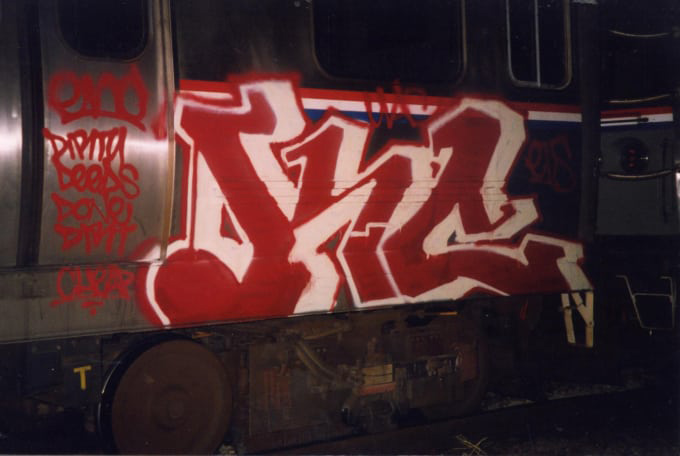 “A notorious bomber and one of the biggest names in the 1990’s clean train movement, KC is the face of the 1st post-buff generation of Chicago writers.” – Complex
“A notorious bomber and one of the biggest names in the 1990’s clean train movement, KC is the face of the 1st post-buff generation of Chicago writers.” – Complex
In his continued pursuit to push the boundaries with his graffiti exploits, Ortiz moved away from Chicago on his own and headed for the nation’s capital. While he had several run-ins with the Chicago police up until this point—with him remembering scenarios where they “beat his ass and let him go” or “beat his ass and arrested him”—Washington, D.C. would be the first place where Ortiz found himself in a legitimate prison-style environment.
“I got busted in D.C. when I was 16 doing trains,” he said. “Two things happened from that bust. The first, was they really fucked up my wrist with the handcuffs. I have damage to this day. Whenever it’s cold out, my hands are fucked from that. But the second thing was, I lived there by myself so I didn’t have parents to call. And I got lost in the system. I ended up going to juvy and nobody was there to get me out. That was a pretty fucked up place for a white boy at that point. I sat there for a week and a friend’s mom heard what happened and came and got me out.”
Although an incident like that might set some teenagers on a path toward abandoning a lawless attitude, Ortiz instead opted to further his illicit exploits by venturing deeper into a criminal underbelly more reliant on gun barrels than fat caps.
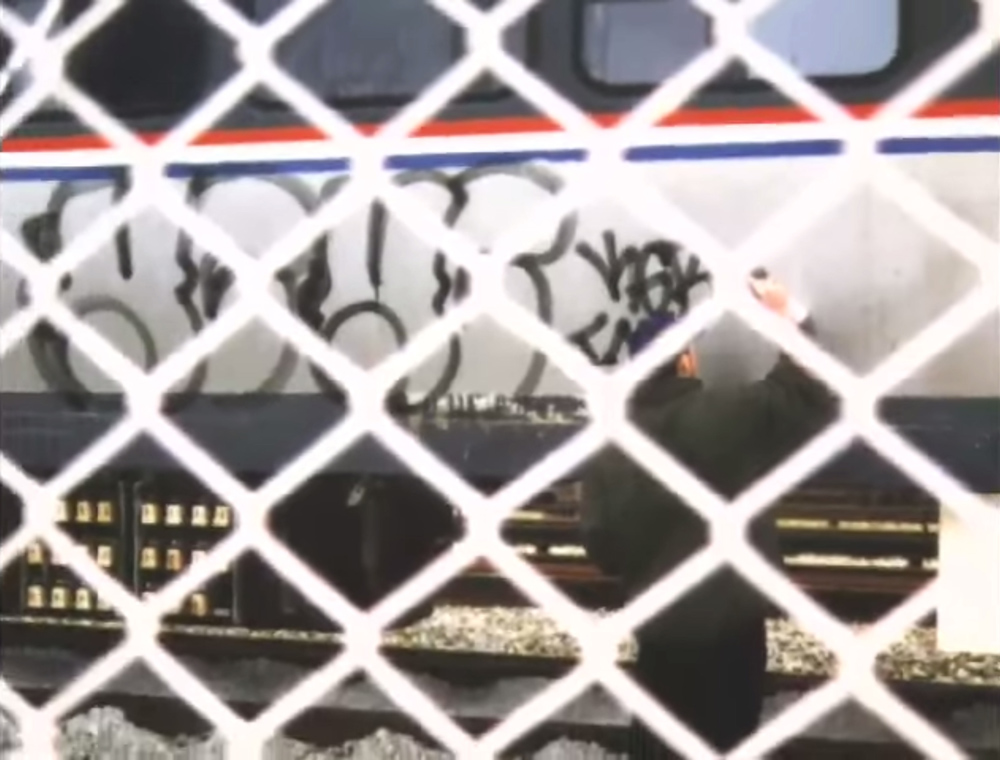 KC ONE in 1996.
KC ONE in 1996.
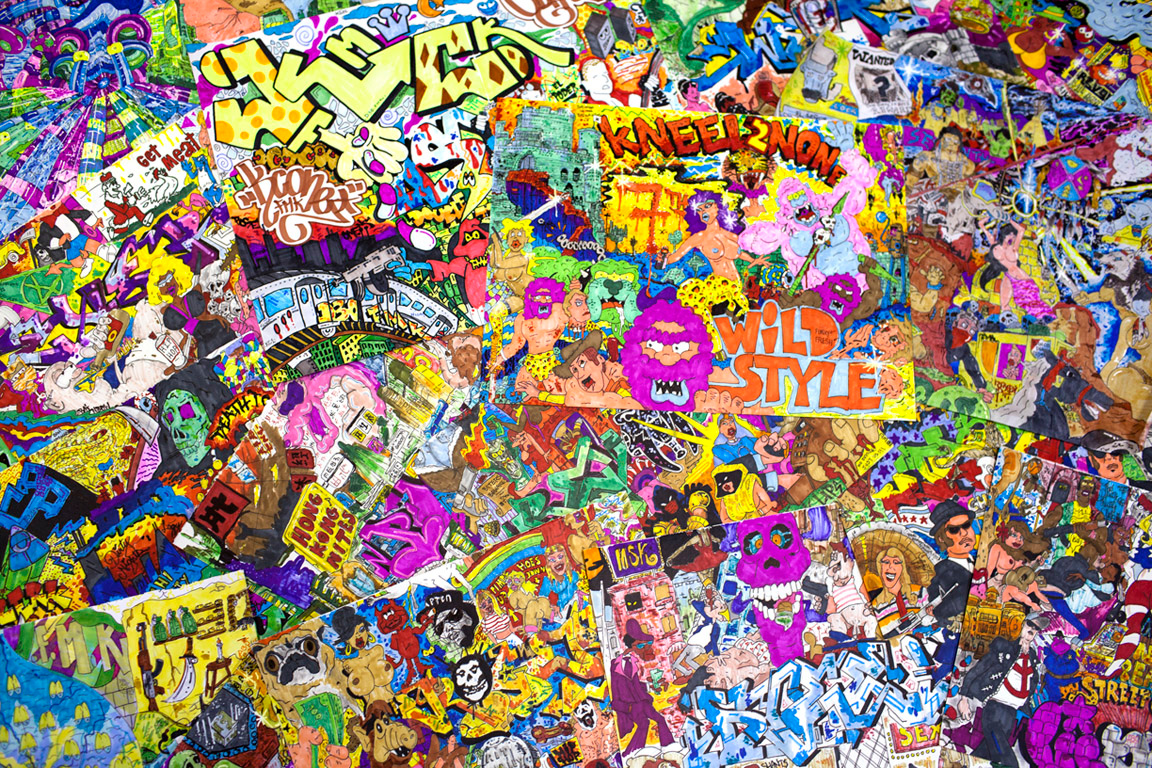
“I ended up doing more street stuff,” he said. “It started out and we would go to rave parties and rob the drug dealers there. And then we ended up building up a decent pot—so to say—and I ended up more into the drug stuff from there. I pretty much stopped graffiti by ’99 because I was way more heavy into the dope game.”
The law did indeed end up catching up with Ortiz and he was sentenced to ten years in federal prison at Oxford Federal Correctional Institution in Wisconsin.
While incarcerated, Ortiz found a growing interest in various current events he would read about in the newspaper—particularly drawn to the photojournalists venturing to a multitude of regions to provide heightened awareness about humanitarian issues.
“I related it to my own position, and I related it to everyone’s position in [prison],” he said. “I’d read about a famine somewhere, and I’d be like, ‘These people are fucked and have done nothing [to deserve it.] And inside of prison, people bitch all day about how horrible it is, but we’ve all done something to get us there. We still have it pretty good. We still get three meals everyday. We still had all these things; it wasn’t as bad as everyone made it out to when you compare it to the world’s population in general.
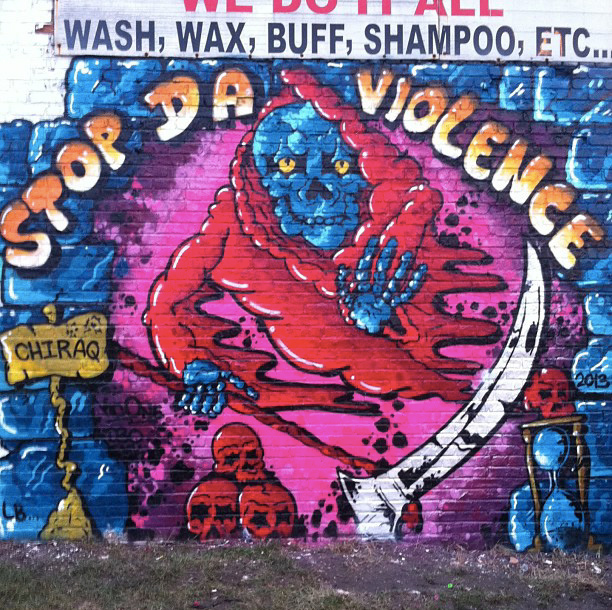
KC Ortiz, 2013
During his incarceration, a gift from his mother—a book by Sicilian photographer, Leitzia Battaglia who is best known for her work about the mafia—cemented Ortiz’s desire to pursue photography once he got out of prison.
“I just thought it was beautiful and I was like, ‘Oh shit,’ this is just somebody taking pictures of things they see,” he said. “It related to me in a way and I was like, ‘I can do this, too.’ But for art, I was conscious about not doing it for some reason. I wanted to reject it and thought it was a bit foolish that I had spent so much time and energy on graffiti instead of other things.”
After five years in the federal penitentiary, Ortiz would finally have the opportunity to pursue photography—although it took him an additional year to actually get a hold of his first camera.
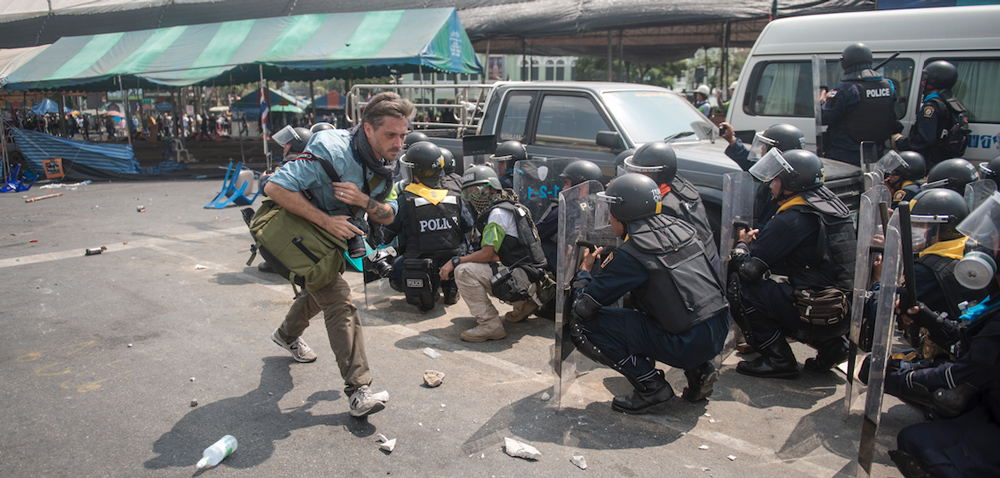
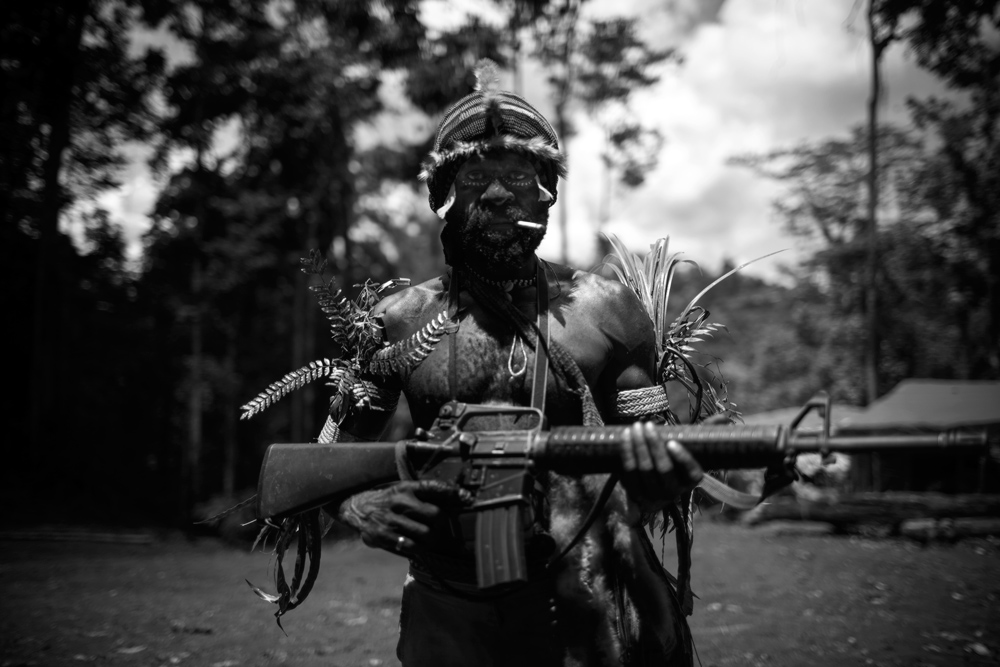
“I would like to say I came out more enlightened. But the reality is, I was still doing some stupid shit right when I got out. Nothing crazy—like back in the drug game—but I was fucking around trying to get a little book started in Chicago. I did that for a little while and then I decided there were better things to do. I also had some influential people that I really respect—including some people that I was locked up with that were older—they broke down some shit for me that there is a better way of doing things. For some reason at that point, it hit me more.”
“I was raised to always root for the underdog. That is something that always stuck with me.”
Since Ortiz had been a risk taker since he was a child—due in large part to his graffiti pedigree—it seemed only logical that the foundation for his photography would involve venturing to some of the most dangerous places on Earth where he would give a voice to those who had been forgotten about.
“I was raised to always root for the underdog,” he recalls. “That is something that always stuck with me. I really wanted to focus on stories nobody else was telling because I felt that these people deserve some attention. There’s been a number of times I feared for my life. From near misses—mortars and landmines—to being caught up, kidnapped. I’ve been in a number of situations where I thought, Maybe this is a mistake... I’ve had plenty of times where a mortar lands and blows up a dog standing next to me instead of me.”
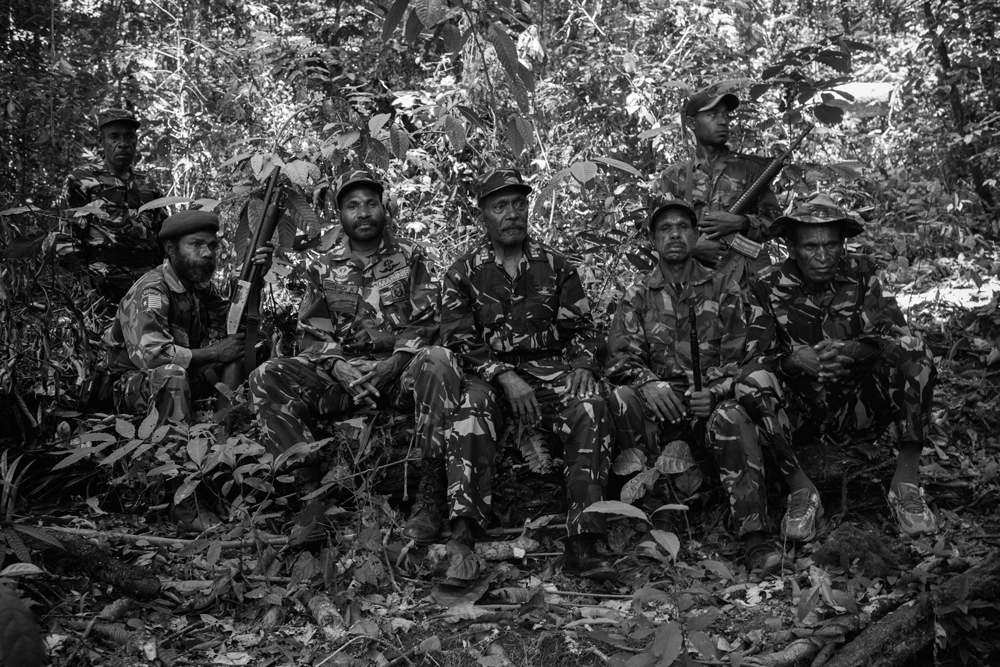
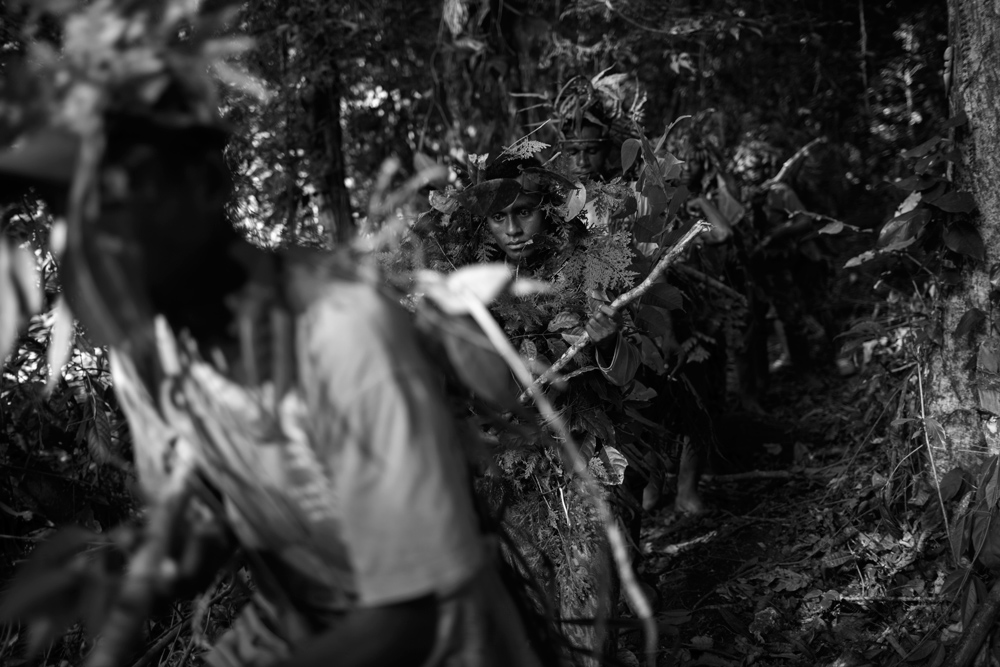
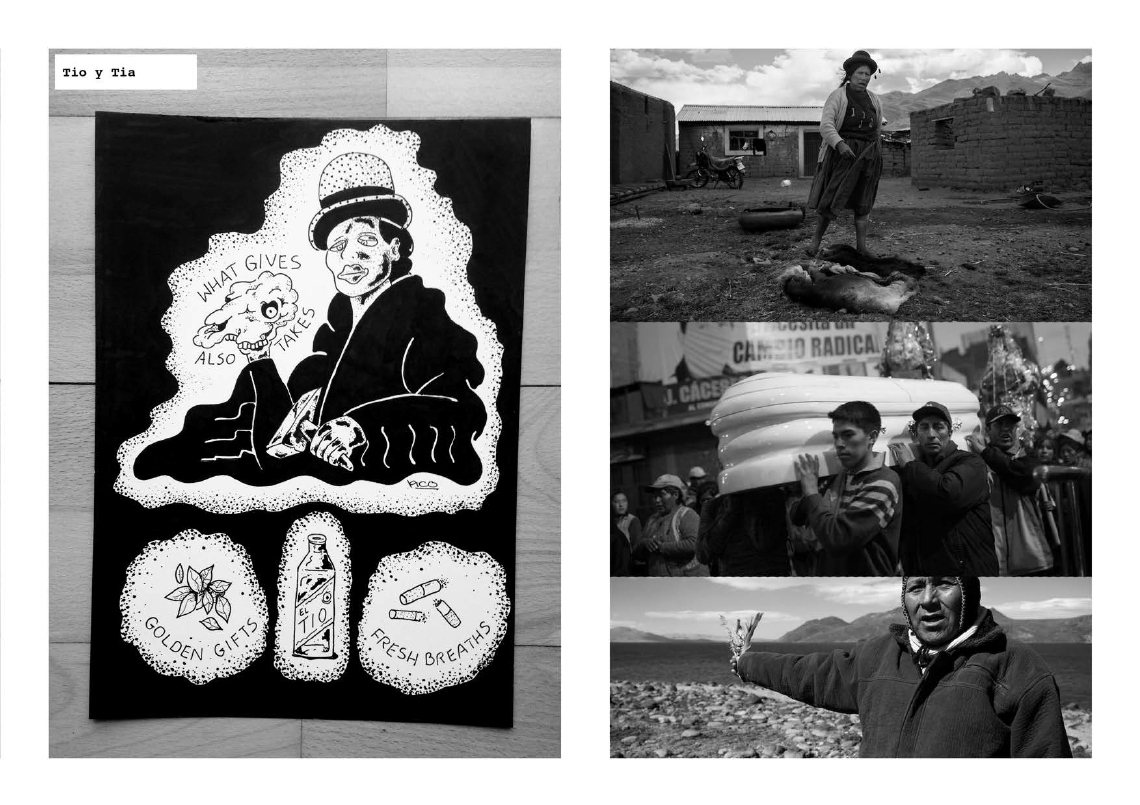
In one particularly harrowing recollection, Ortiz remembers that he almost found himself discovered—and possibly killed by a Lao army patrol—because a rebel he was with was so frightened that he couldn’t control his bowels.
“We’re sitting in the bush and I’m watching the feet of the soldiers going by,” he says. “Everyone is saying ‘Sshhh,’ and I look over at one of the little rebel dudes and he starts farting all crazy—super loud. I remember thinking, ‘I’m about to die because this guy can’t hold his fart.’ Luckily, the soldiers didn’t hear it and we waited it out. I’m really glad I didn’t die because of a fart.”
In a short period of time, Ortiz compiled a byline which included publications like The New York Times, Newsweek, The Guardian, Time, Le Monde, Washington Post, Al Jazeera, VICE, The Sunday Times and Wall Street Journal. Simultaneously, Ortiz also forged a full-service advertising agency in Chicago—We Are Supervision—alongside fellow artist, POSE, who not only encouraged his photography, but also reignited Ortiz’s love for fine art and illustration.
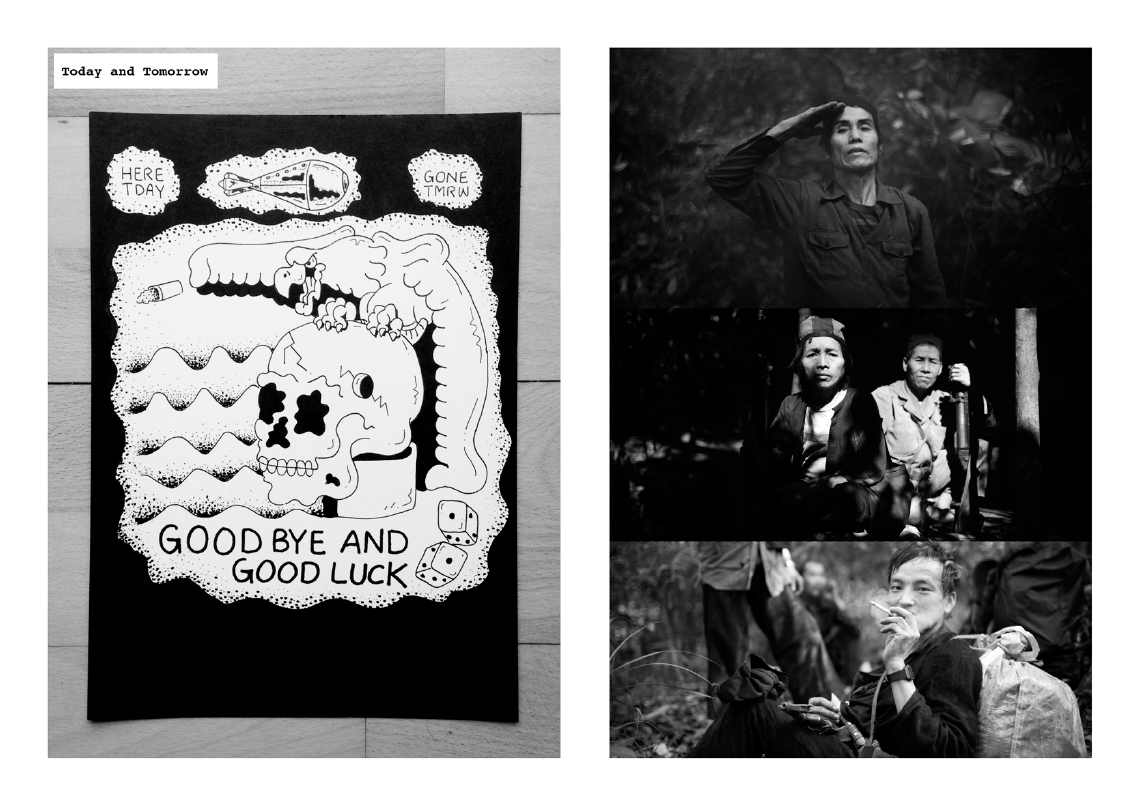
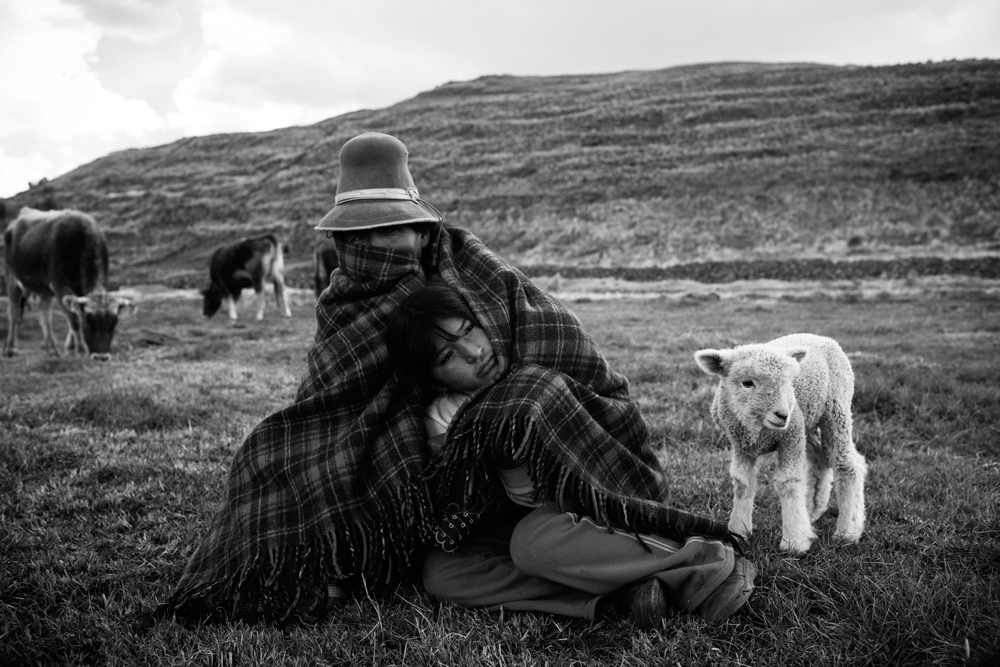
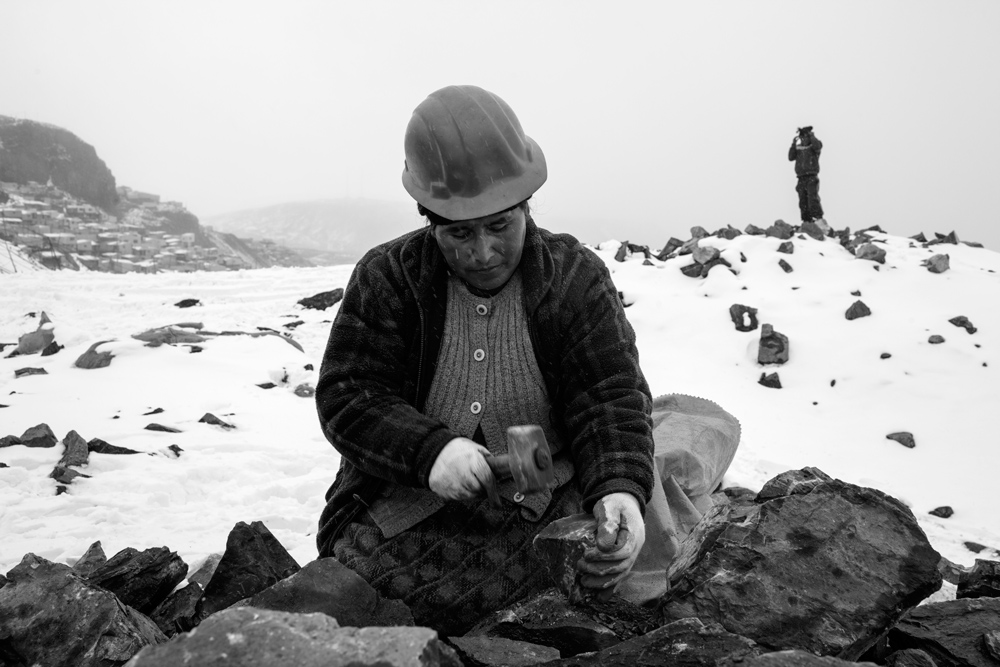
On any given day, Ortiz could be in a war zone, completing a mural for a chewing gum company, or helping doing graphic illustrations for clothing companies like LRG and Upper Playground. Ortiz’s illustrations serve as the focal point for the upcoming collaboration between Grizzly Griptape and The Hundreds.
“People no longer trust what they see.”
“I am transitioning back to putting the majority of my energy and focus to art and less so on photography,” he says. “The state of media and photography is in a different place in today’s world than it was just a few years ago. People no longer trust what they see in the news or even photos, not to mention this new phenomenon of people picking their news to fit their agenda, more concerned with validating their view of the world then understanding the world and basing their view off of that.
“I don’t think photography is the best medium for a message, which at the end of the day is what I’ve always looked to do, deliver a message... I want to touch on much broader themes and concepts that can not be achieved photographically, at least not for me, and that has lead me to the decision that the best way I can say something is through my art.”
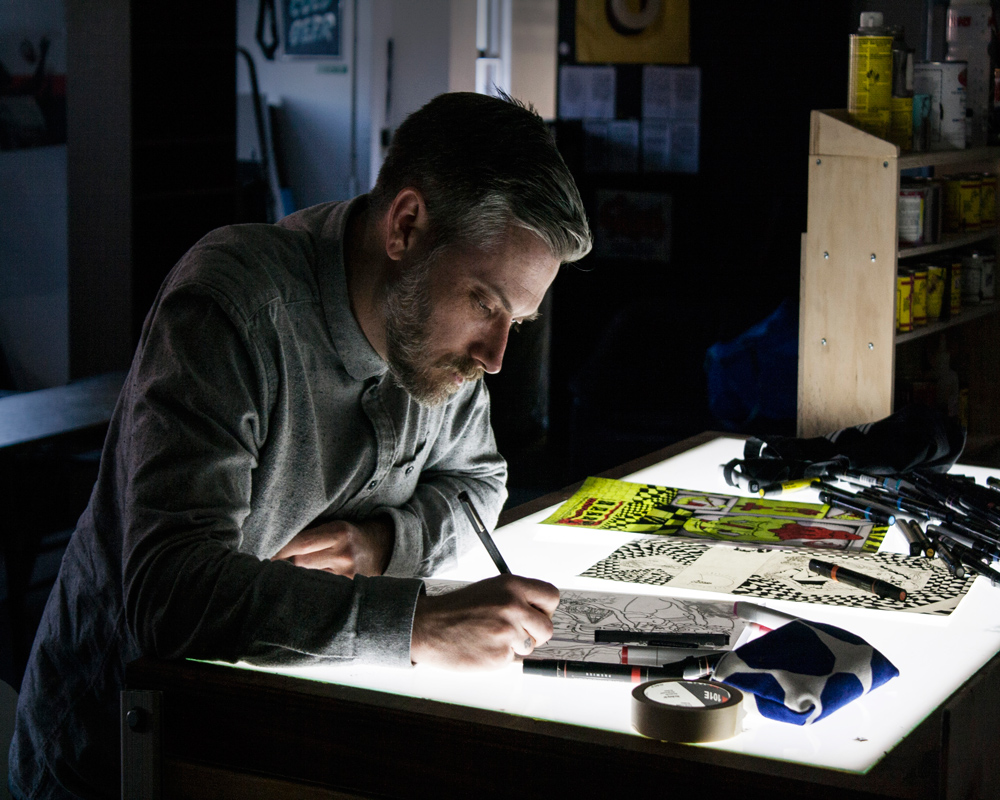
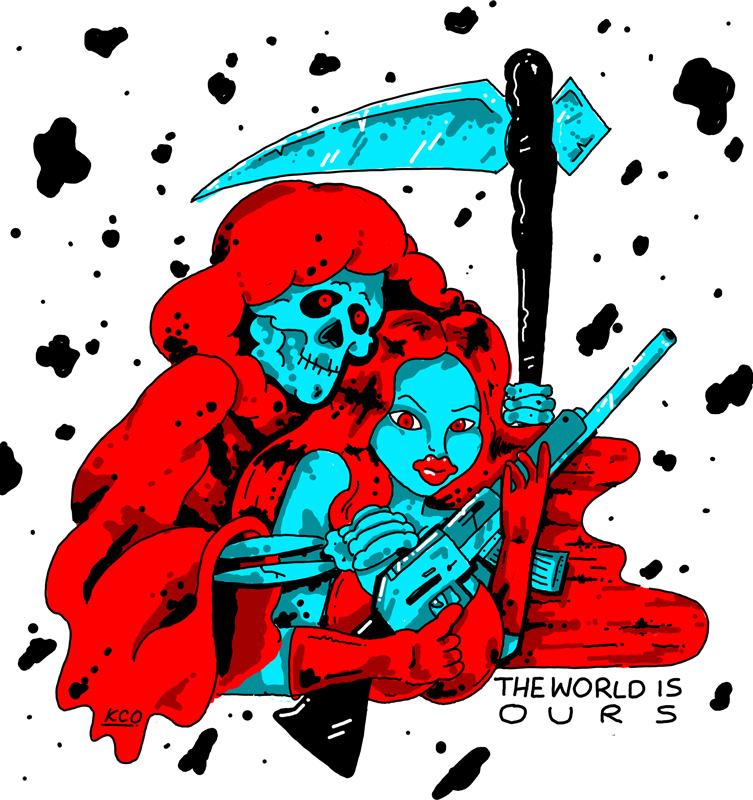
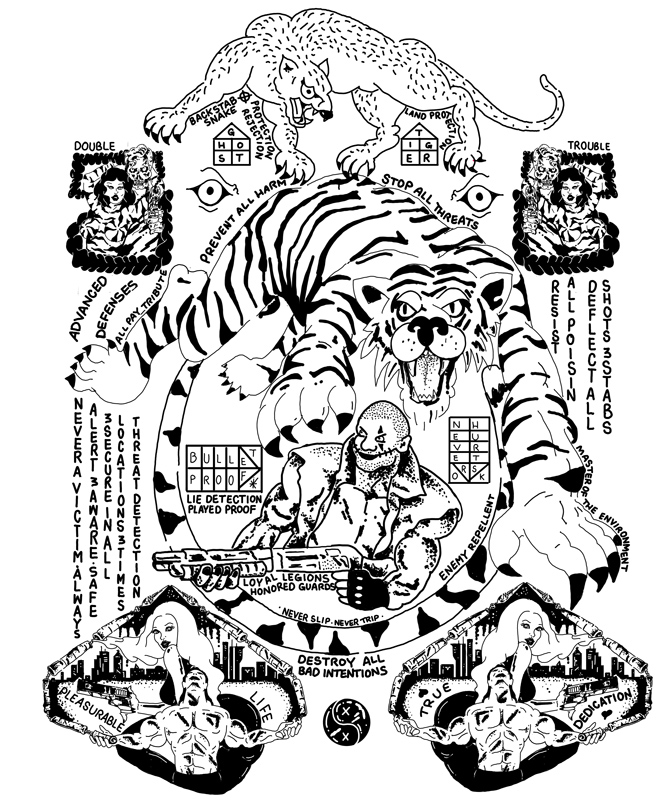
New works by KC Ortiz.
As for his particular sensibilities, Ortiz thinks of his work as the type of doodling you might find on the back of a teenager’s notebook.
“My art itself can be construed as simple,” he says. “I don’t concern myself with perfect technical execution, I won’t fret over a perfect straight line every time, it’s really inconsequential. Perfect lines aren’t human or natural to begin with. I like to be loose and nonchalant, it’s more pure to me, and it delivers the message all the same... I approach everything fluidly, from my art to my everyday life. If you can’t bend you will break.”
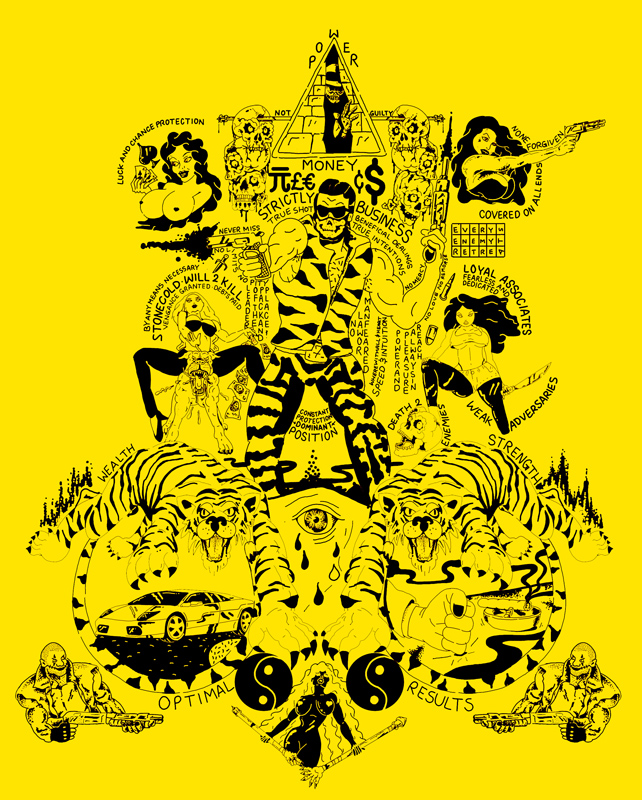
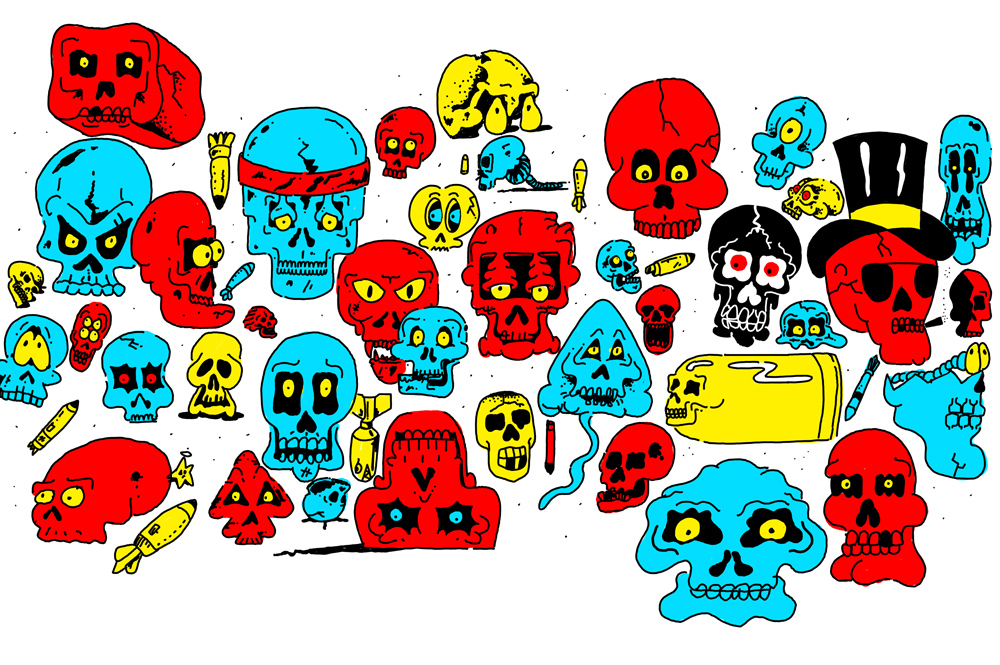
Today, Ortiz is decidedly a different person that I first met back in 2001. He’s married, a father to a young son, and has just been approved to work in his new adopted home of Copenhagen—which he says will finally allow him to “be a lot louder about what I do.”
Despite setbacks, jail time and some near death experiences, Ortiz is still perfectly at-ease.
“A bird in a cage at the palace has no concept of the jungle that is out there, she doesn’t even know how far and high she could fly.”
“Maybe it’s controversial to say this, but I think a life without experiences is not one that can produce meaningful art. If you haven’t lived what have you to say? …College and art school or a couple years of working a shitty job aren’t really going to provide one with an understanding of the world or themselves.
“A bird in a cage at the palace has no concept of the jungle that is out there, she doesn’t even know how far and high she could fly. She may live her life content and satisfied but at the end of the day, ignorant and removed from reality. Of course, not everyone can step out of their circle—I get that. But this day and age, everyone can explore the world by interacting with people from different places, go online for information, etc. There is nothing stopping anyone but themselves.”
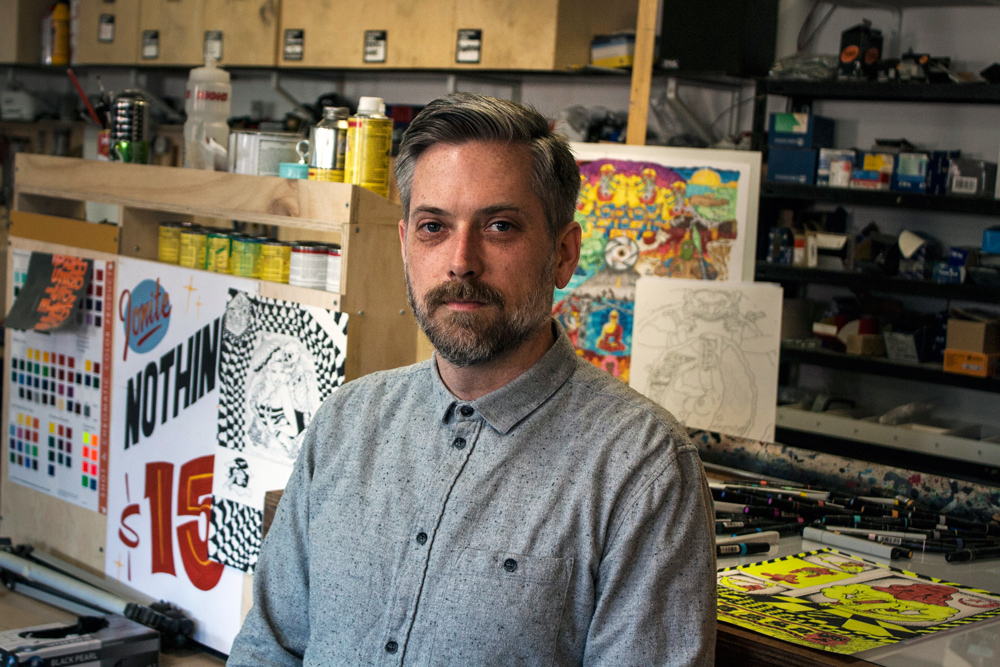
***
Follow KC Ortiz on Instagram @kc1one for art and @kcortizphoto for photography. New portraits of KC by Finn Dahlgren, all other photos courtesy of KC Ortiz.
Our collaboration, KC Ortiz for The Hundreds X Grizzly drops this Friday, May 5.
KC Ortiz for The Hundreds X Grizzly. Next week. pic.twitter.com/IMEvqUDn6Y
— The Hundreds (@thehundreds) April 28, 2017

